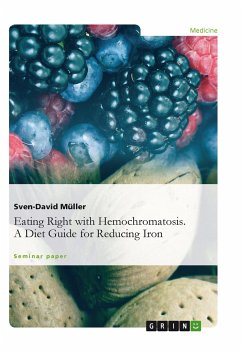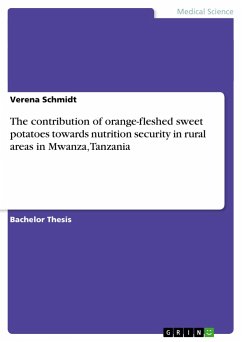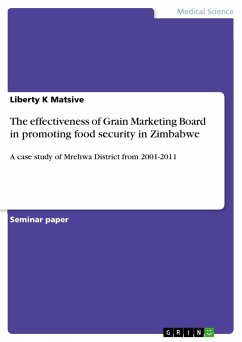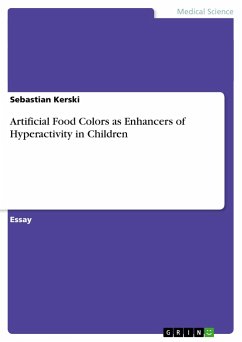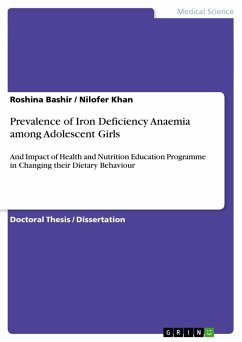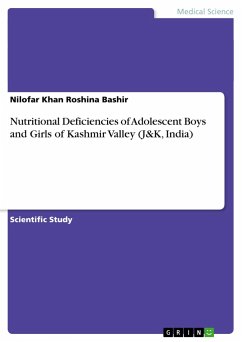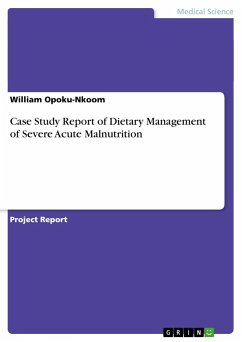Essay from the year 2008 in the subject Health - Nutritional Science, grade: 65 Punkte = 2,3, The University of Liverpool (School of Archaeology, Classics and Egyptology), course: Diet, Evolution and Culture, language: English, abstract: Hominid evolution has been a widely discussed aspect concerning its effects on ecological, physiological, and behavioral as well as reproductive, and metabolic development of humans and non-human primates for plenty of years. During the last decade, a huge amount of investigations regarding large brain size in humans have tried to figure out whether the observation, that humans have a relatively larger brain size than other primates or non-primate mammals, is based on either the correlated decrease of other tissues or significant foraging strategies , or even both. Although it is common, that an enlargement of the brain - being a high expensive metabolic organ - has to lead in dietary changes or that it was influenced by nutritional variationsduring the evolution of humans and non-human primates , there are different possibilities to explain this evolutionary progress. In 1995, Aiello/Wheeler published their expensive-tissue hypothesis regarding the relationship between large brain sizes in humans and high-quality diets. The authors attempt to confirm the parallel between the increase of hominid brains, the obviously correlated decrease of the gastrointestinal tract and dietary changes based on animal protein. They constitute the large brain sizes in human and non-human primates and its connection to nutritional varies to be one of the most significant prime releasers of brain evolution. The submitted essay portrays the main arguments of Aiello/Wheeler. By outlining the authors' intentions concerning the energy balance in humans and non-human primates, answering the linkage between the basal metabolic rate and the relative brain size of humans in the negative, and ascertaining both the lack of data based on human and non-human primates' evolutionary development, and the weakness of recent isolated studies, the essay will make an appraisal of the usefulness of the expensive-tissue hypothesis. Therefore, several papers of scientists facing the prime mover theories will be introduced. This pattern appears to be the best to indicate the advantages and weaknesses in the line of Aiello's/Wheeler's arguments. The essential question will be, how early humans are able to fulfil the high energetic costs of their large brains - in the following named as cost question.[...]
Hinweis: Dieser Artikel kann nur an eine deutsche Lieferadresse ausgeliefert werden.
Hinweis: Dieser Artikel kann nur an eine deutsche Lieferadresse ausgeliefert werden.


